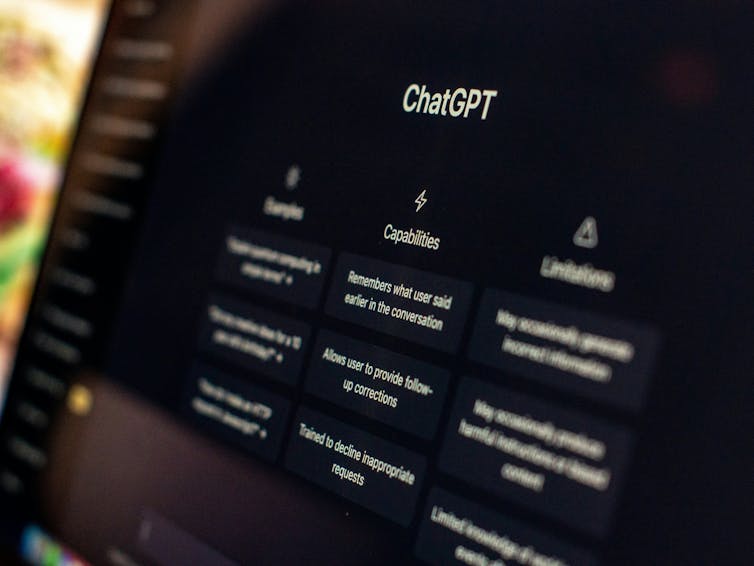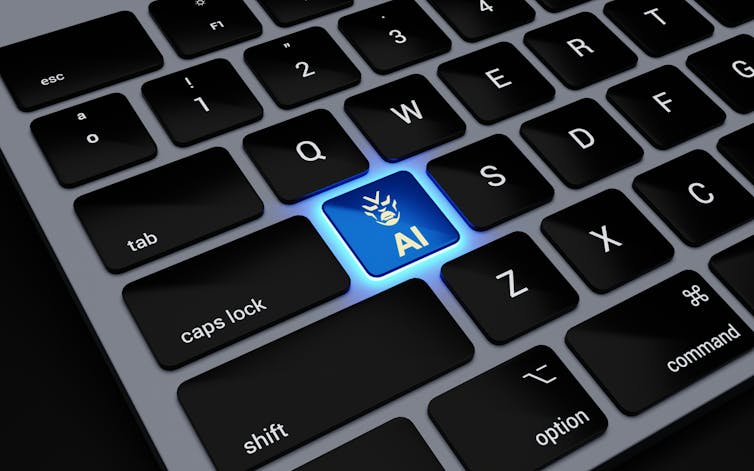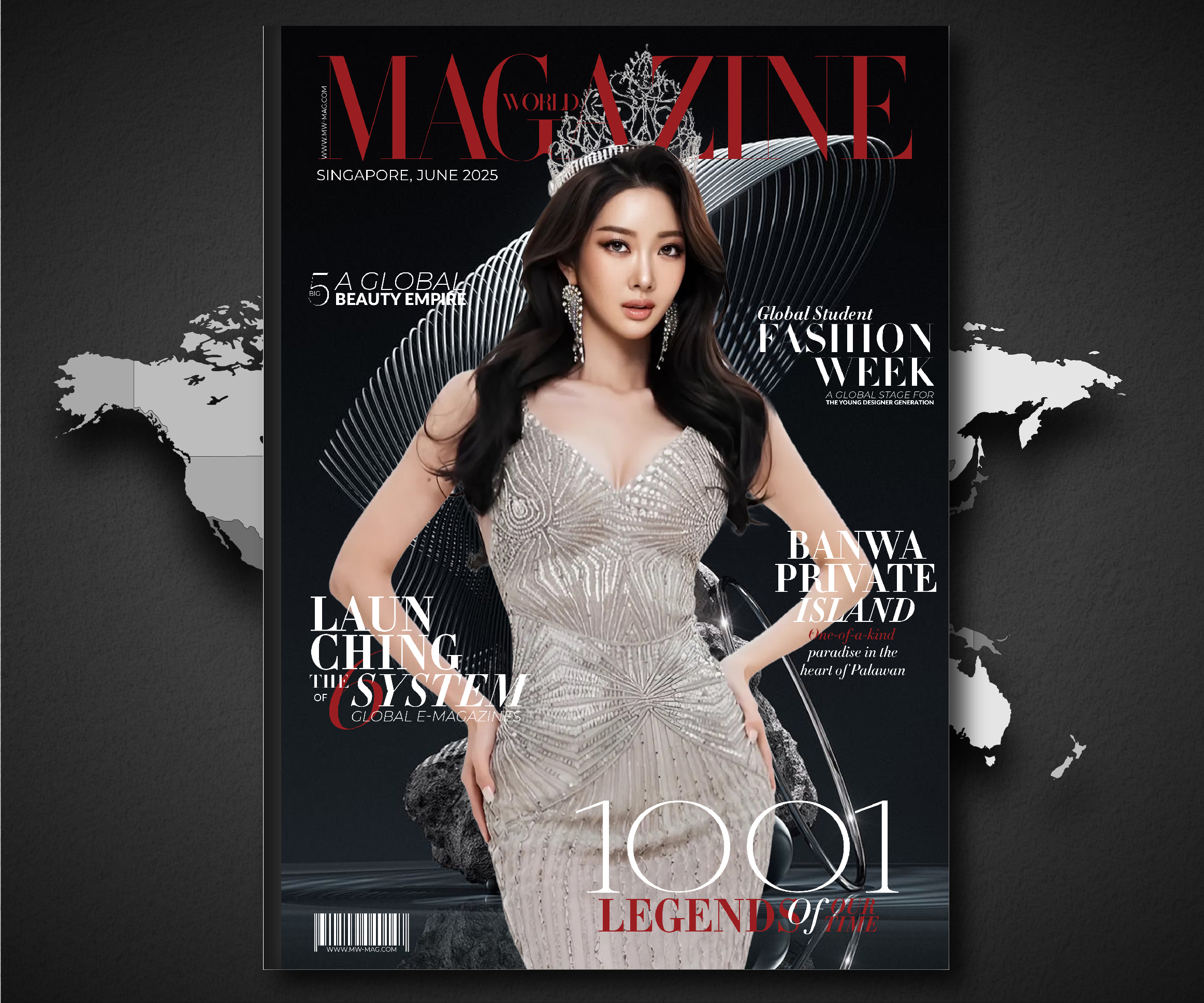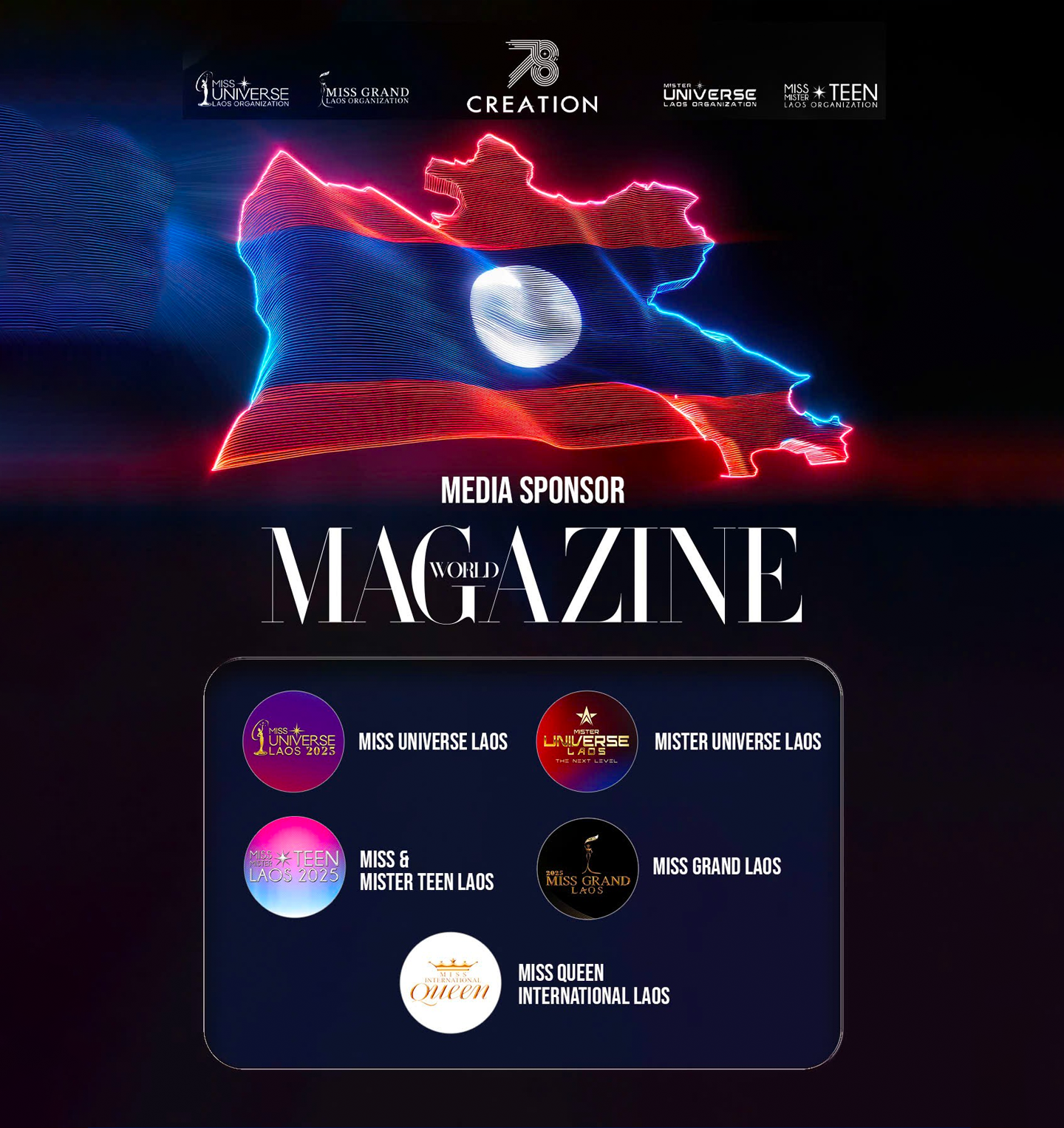Artificial intelligence tools, from advanced writing assistants to automated decision-support systems, have been rapidly introduced into the workplace with the promise of unprecedented efficiency and productivity. Yet, this integration is quietly fostering a detrimental productivity paradox—sacrificing fundamental human elements for speed. While employees can now draft emails, generate reports, and analyze data faster than ever, this reliance on polished, machine-generated content is actively eroding interpersonal trust by making communication feel inauthentic. Furthermore, by delegating cognitive tasks to an algorithm, workers risk a loss of self-trust, a decline in creative engagement, and a reduction in professional agency. Without a deliberate, human-centric strategy to govern AI use, organizations are not building resilience; they are creating a new form of fragility built on “workslop,” where convenience triumphs over quality, and the core skills of critical thinking and judgment are allowed to atrophy.
The Workslop Epidemic and the Trust Crisis
The single greatest threat to workplace culture posed by the ubiquity of AI tools is the erosion of trust between colleagues and the rise of “workslop.” Workslop is a term for low-effort, low-quality, AI-generated work content that lacks human substance and originality. When communication and deliverables become universally polished, flawless, and generic—stripped of the genuine idiosyncrasies that signal human effort—colleagues begin to develop skepticism about the true intentions or investment of the sender.

Research shows that when employees receive AI-assisted content, they often view the creator as less creative, less capable, and less trustworthy. This effect is amplified when leaders use AI to refine their messaging, causing subordinates to doubt the manager’s sincerity or effort. The perception of the tool as a shortcut, rather than an augmentation, breaks down the social glue of the organization. Moreover, a significant percentage of workers actively conceal the scope of their AI use from managers and colleagues out of fear of being seen as cutting corners or being replaced. This secrecy fosters a shadow AI environment, which breeds further suspicion and wariness, fundamentally hindering the collaboration and psychological safety necessary for effective teamwork.
The Slow Atrophy of Creativity and Self-Trust
Beyond the relational toll, heavy reliance on AI poses a direct threat to the cognitive and creative capabilities of individual workers, leading to a decline in self-trust. This is often described as automation bias, where AI outputs are internalized as the authoritative source of truth, causing workers to accept the machine’s output uncritically, even when their own judgment suggests otherwise.
This shift transforms the work process from one of creation to one of mere curation. Instead of generating original ideas, workers spend their time editing or approving AI-generated drafts. Over time, continuous engagement with AI’s output leads employees to second-guess their own instincts and defer to the machine’s perceived objectivity. This can result in a dangerous illusion of competence, where short-term productivity gains mask the long-term deterioration of critical thinking, original authorship, and personal judgment. Neurological studies even suggest that heavy reliance on tools like large language models can reduce neural connectivity compared to unassisted work, indicating a tangible decline in active creative engagement and retention of co-authored information. The core creative muscle, built on intuition and original effort, begins to atrophy.
The Illusion of Agency and Ethical Blindness
The integration of AI also directly impacts the worker’s sense of agency—the feeling of control and purposeful action over their professional life. When key decisions, reports, and creative directions are dictated by the patterns and recommendations of an opaque algorithm, workers feel disconnected from the authoritative outcome of their labor. This can lead to a shift in mindset: employees with a low sense of agency are more likely to use AI as a shortcut to avoid doing work, while those imbued with optimism and agency are more likely to use it as a creative amplifier.

Furthermore, AI introduces severe ethical and legal risks that undermine a worker’s capacity for moral reasoning. AI systems are not neutral; they are reflections of their training data, which often contain societal biases. When an employee uncritically accepts an AI-generated recommendation for hiring, pricing, or targeting, they risk inadvertently perpetuating algorithmic bias or engaging in a decision that violates ethical norms. Since AI lacks lived experience or moral reasoning, the human operator must remain the final ethical check. When a worker loses their self-trust and cedes judgment to the machine, the entire organization risks ethical blindness, exposing itself to legal liabilities and reputational damage from outcomes it no longer fully comprehends or controls.
Building Resilience Through Human-Centric Strategy
To reclaim the promise of AI while mitigating its hidden costs, organizations must move beyond a simple focus on efficiency and adopt a human-centered creativity framework based on resilience. This requires a cultural and structural shift designed to encourage critique over passive acceptance.

Leaders must explicitly frame AI as a tool for augmentation, not a replacement for fundamental human skills. This can be achieved through deliberate strategies such as: 1) Mandating transparency, where managers disclose their own AI use and create safe spaces for employees to discuss theirs, thereby normalizing its usage and reducing suspicion. 2) Investing in AI literacy and critical thinking training, which teaches employees how to pressure-test AI outputs, challenge underlying assumptions, and evaluate algorithmic bias, turning workers from passive receivers into active curators. 3) Establishing clear standards for AI-assisted work, including style norms, confidence thresholds, and evidence requirements for various functions, which prevents the slide into “workslop.” By reinforcing the need for human context, ethical oversight, and original judgment, companies can ensure that AI is a tool that amplifies human strengths rather than replacing the very qualities that drive innovation and trust.




